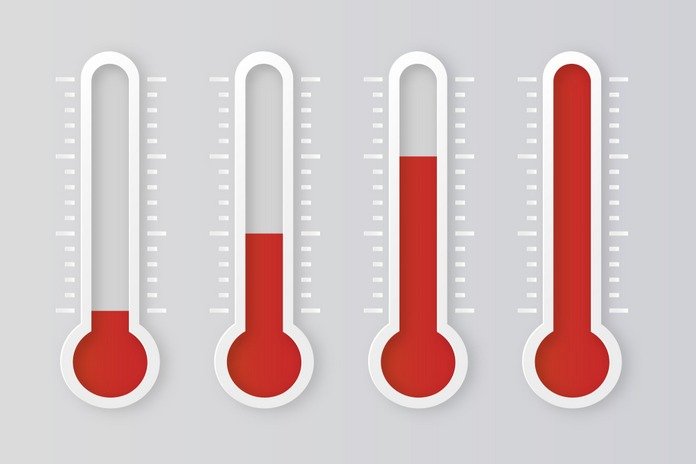Levels of Fever

Normally, if the body temperature is above 98.6 F, it will be measured as body temperature. But a significant fever is not considered until the temperature of the body is above 100.4°F.
A health professional must see the children of 3 months or more with a temperature of almost 100.4°F. The children may not even show any symptoms other than fever, but they should be seen immediately by the doctors.
Low-grade Fever
According to the medical community, a temperature above 100.4-degree Fahrenheit is called fever. If the body temperature ranges between 100.4 and 102.2 degrees, then it is called low-grade fever.
Low-grade fever does not require much treatment unless it is a child or the fever is reoccurring in a young infant. Low-grade fever can occur due to many reasons, including cold or flu, which are major contributors to fever. The symptoms of low-grade fever include warm skin, headache, muscle ache, sweating, and glassy eyes.
Such fever can be brought down without the use of medications. There are numerous methods that can be followed to reduce the body’s temperature, including wearing minimal clothing, bathing in lukewarm water, drinking plenty of fluids, keeping the body hydrated, and taking proper rest.
High Fever
When the temperature of the body rises above 102.2-degree Fahrenheit, it shows more serious infection. Most fever resolve within some days by taking proper care and with the use of medication.
However, there are some conditions that will require instant observation by doctors.
- If the fever lasts longer than a few days
- Fever is not responding to antibiotics and fever-reducing medications like acetaminophen.
- The patient is facing light sensitivity, neck stiffness, and confusion.
- The symptoms are getting worse, like increased vomiting, difficulty in swallowing, and extreme weakness.
- A very young infant has a rectal temperature of 100.4°F or higher
- Any temperature over 104°F in a child as it can lead to a seizure
- A child is older than two years, having a fever with rashes, headaches, diarrhea, and irritability.
- Any adult with a temperature above 103°F.
All of these conditions must be taken seriously, and the patient should consult the doctor before the condition gets any worse.
